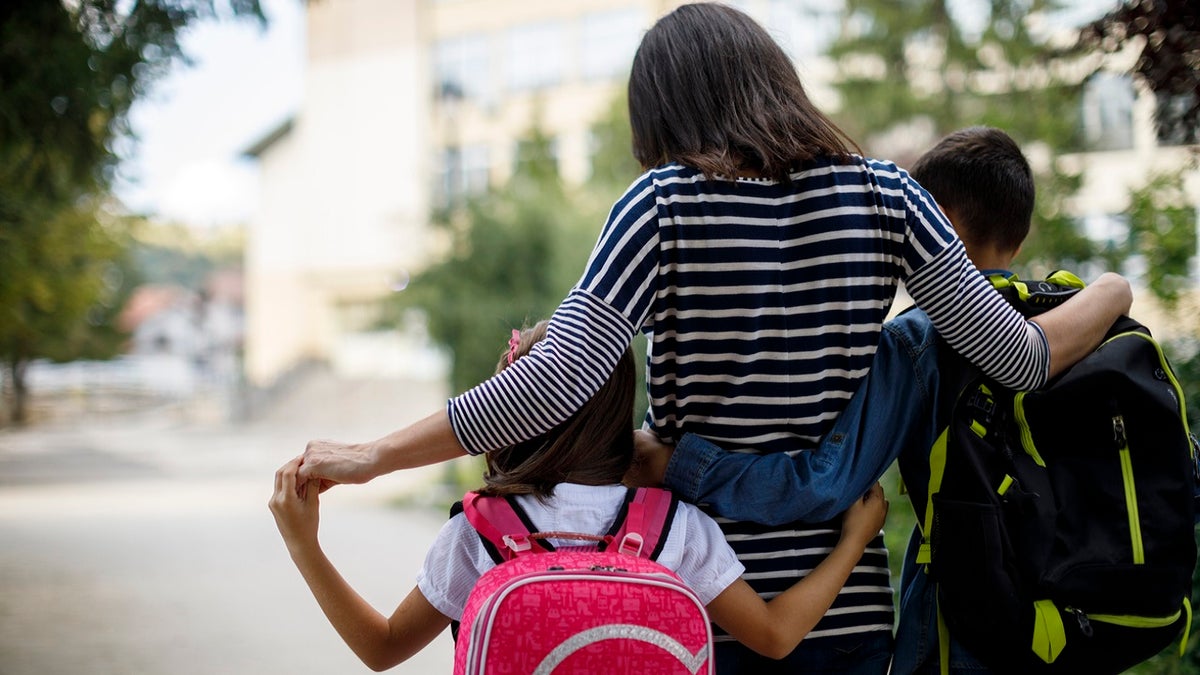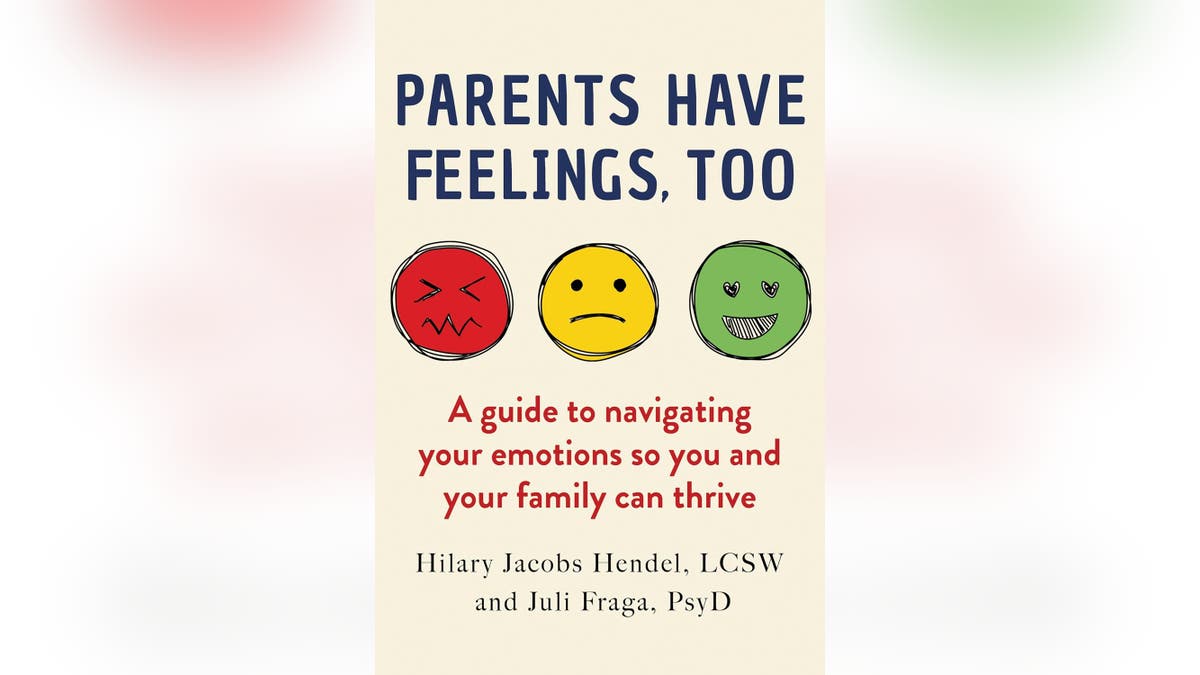NEWYou can now listen to Fox News articles!
Sadness is an emotion we often associate with breakups, job loss, or death. But it doesn’t only appear when catastrophe strikes. As psychotherapists and parent educators, we know sadness is also a natural part of parenting—especially during the back-to-school season.
Just last week, a colleague shared a conversation they had with a friend. “I cried when I took my kid back to college,” the friend admitted. Our colleague replied, “Come on! Isn’t that a bit much? Get over it already!”
This exchange shows how sadness is often misunderstood. Society tells us to “push it aside” or “ignore it.” Many of us grew up believing that sadness burdens others or signals depression. Men, in particular, are often taught that expressing sadness is a sign of weakness. In short, we’re shamed for feeling sad.
11 BACKPACKS FOR BACK-TO-SCHOOL SEASON
But sadness isn’t a flaw or a problem to be solved. It’s a universal emotion and learning to work with it benefits both your physical and mental health. Research shows that processing sadness can protect your heart and reduce symptoms of anxiety and depression.

When we name and honor sadness, we can “feel and deal.” This emotional awareness allows us to take adaptive actions that support both ourselves and our families.
Here’s a step-by-step guide we share with parents on how to recognize, validate, and make use of sadness.
Step 1: Understand the purpose of sadness
Sadness is an innate biological response to loss—which is why so many parents experience it. This emotion can arise during any transition: your child’s first day of preschool, kindergarten, or high school; when a teenager retreats to their room instead of spending time with the family; or when an adult child leaves home for good.
Sadness isn’t a flaw or a problem to be solved. It’s a universal emotion and learning to work with it benefits both your physical and mental health.
When sadness is criticized or discouraged in childhood, we learn to block it with anxiety, guilt, or shame—”inhibitory emotions” that prevent us from even realizing we’re sad. Cut off from this vital feeling, we often rely on “protective defenses” to avoid pain. These might look like snapping at our kids, drinking too much, isolating ourselves, or failing to set boundaries.
Step 2: Use the Change Triangle
A helpful tool for navigating sadness is the Change Triangle. Originally developed by David Malan for psychotherapists and later adapted for general use, it serves as an emotional compass.
MY OLDEST IS GOING AWAY TO COLLEGE AND I’M NOT READY
We all get disconnected from core emotions like sadness. When this happens, we often get stuck in defenses or inhibitory emotions such as guilt, shame, and anxiety. The Change Triangle helps guide us back to our core emotions so we can release their energy and return to a calmer state.

Sadness is an innate biological response to loss—which is why so many parents experience it. This emotion can arise during any transition: your child’s first day of preschool, kindergarten, or high school. (iStock)
Step 3: Practice four steps to validate and release sadness
Think about something that stirs sadness—maybe the end of summer, the loss of family time to teens’ social lives, or the transition to an “empty nest.” Then, try these four steps:
1. Befriend your sadness by naming it
Unacknowledged emotions can trigger physical symptoms like headaches or stomachaches, as well as emotional distress such as anxiety or anger. Simply naming the feeling—”I feel sad”—helps calm the brain. Research on “affect labeling” shows this practice soothes the limbic system, reducing emotional intensity.
CLICK HERE FOR MORE FOX NEWS OPINION
2. Notice it in your body
Sadness often appears as heaviness, an aching heart, or sluggishness. Become an “emotional astronomer” and observe how it feels in your body. Deep belly breathing can help you ride the full wave of the emotion.
3. Explore sadness’s impulse
Sadness may bring an urge to cry, curl up, or seek comfort. Ask yourself: If my tears could speak, what would they say? Parents often answer with statements like, “I miss unstructured time with my kids,” or “I’m sad that my child doesn’t need me as much anymore.” These impulses are biological, not signs of weakness.

Sadness often appears as heaviness, an aching heart, or sluggishness. Become an “emotional astronomer” and observe how it feels in your body. (iStock)
4. Make good use of your sadness
Once you’ve recognized the feeling, ask: Can I honor what sadness wants me to do?
For example, if you miss calls from your college-bound child, acknowledge the emotion and remind yourself it’s temporary. If your school-age child no longer craves snuggles, lean on your partner or a friend for comfort. Doing so prevents you from unintentionally guilting your child with statements like, “You don’t want to spend time with me anymore” or “You’re growing up too fast—it makes me depressed.”

CLICK HERE TO GET THE FOX NEWS APP
When we name and honor sadness, we can “feel and deal.” This emotional awareness allows us to take adaptive actions that support both ourselves and our families.
Final Thought
Sadness is not something to escape. It’s a signal, a teacher, and a tool for connection. By learning to work with it, we foster resilience, strengthen relationships, and model healthy emotional expression for our children.
Juli Fraga, Psy.D., is a clinical psychologist, parenting educator, and co-author of “Parents Have Feelings, Too.”








